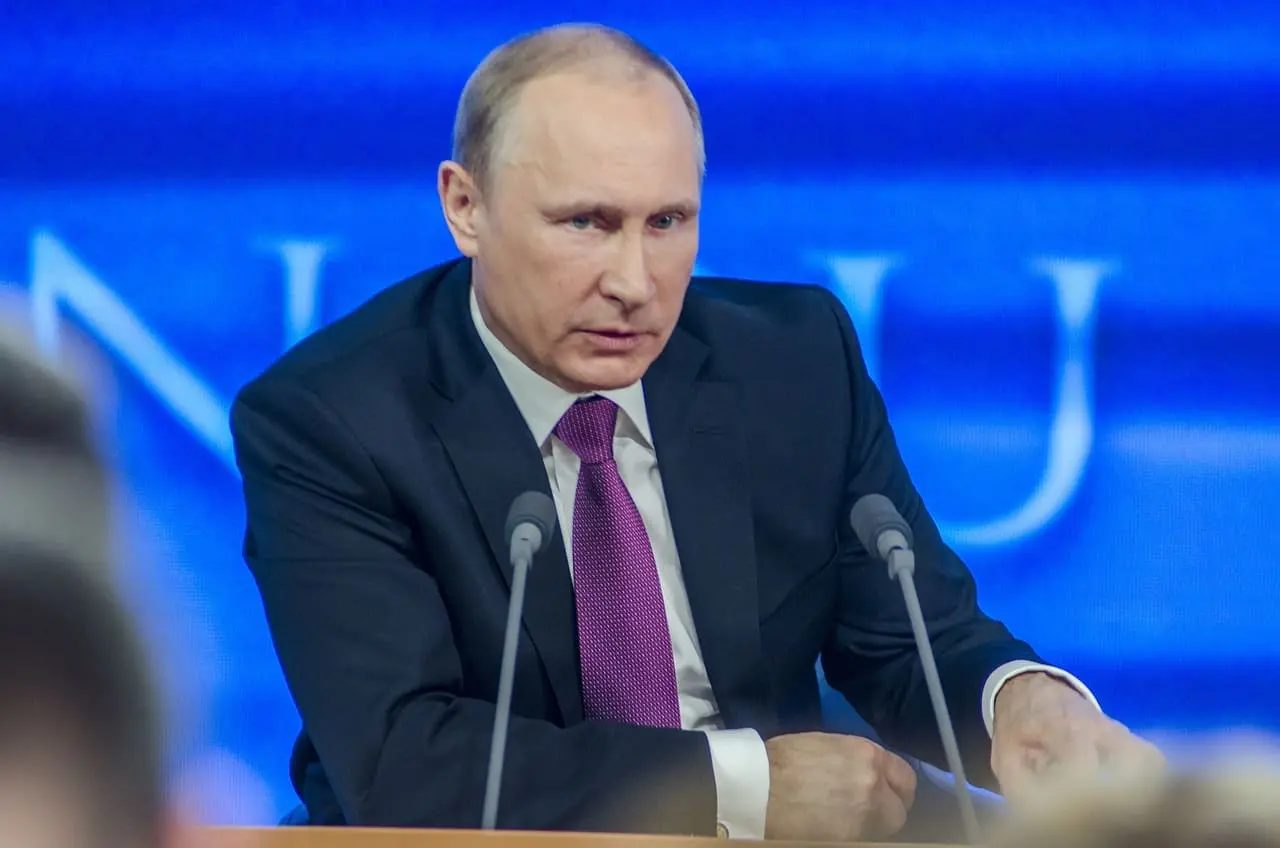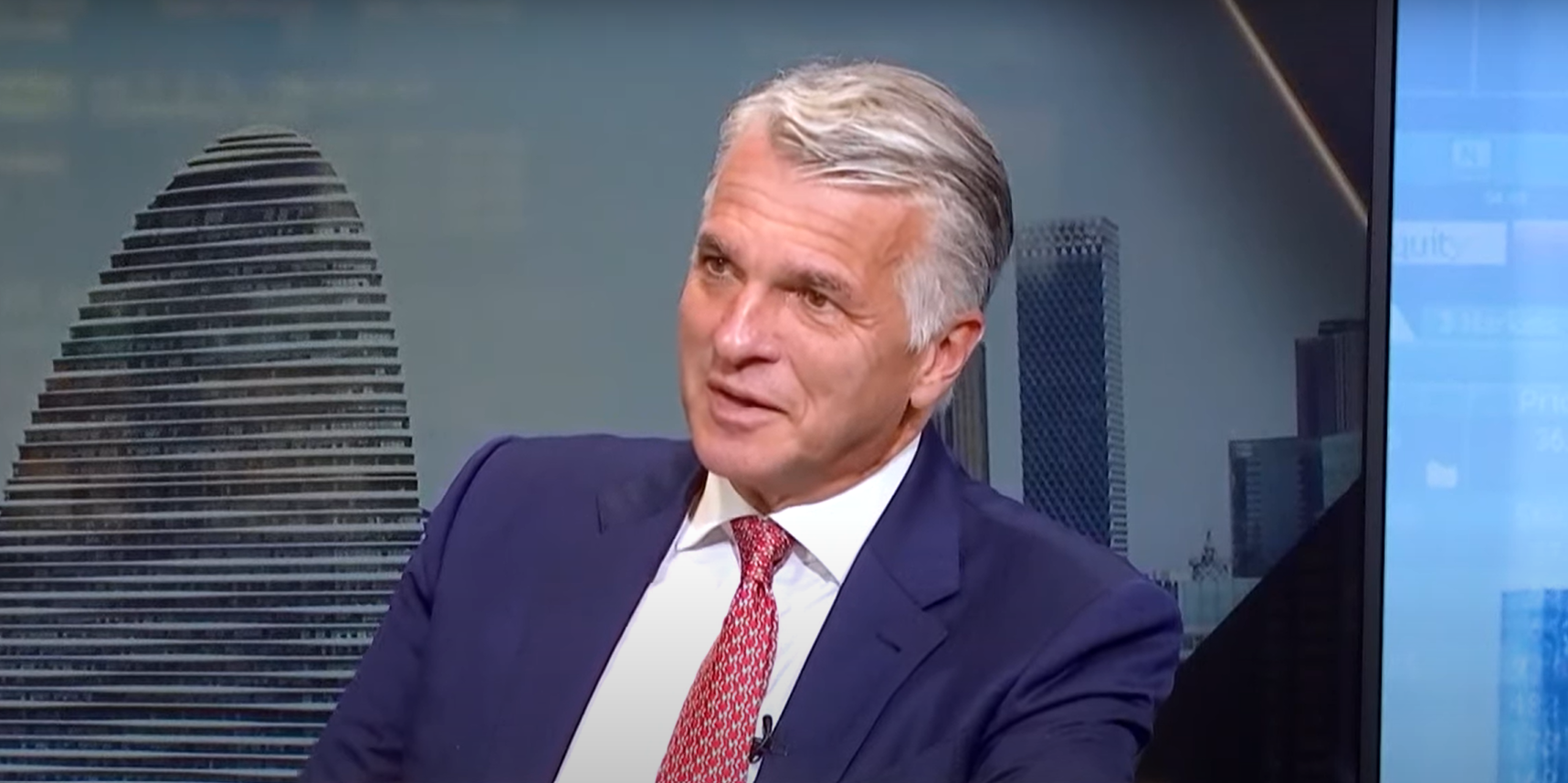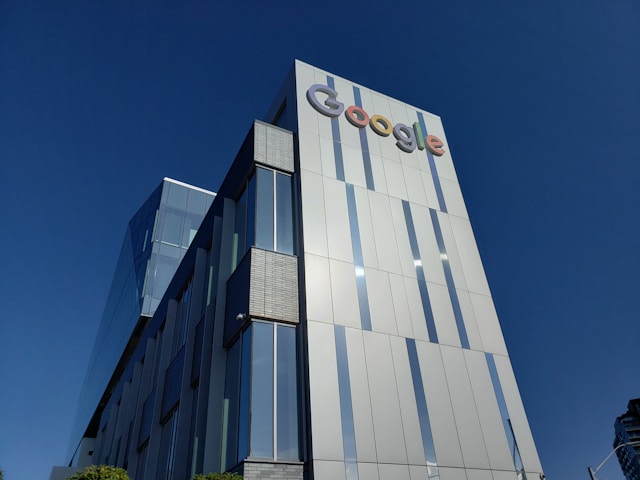As China shifts toward high-growth industries like solar energy, electric vehicles (EVs), and lithium-ion batteries, the world braces for “China Shock 2.0,” as some people have called it. The potential economic disruption follows when China is overly aggressive in its pursuit of leadership in each of these critical industries, whose potential to change the world is said to echo the past impact on global trade and labor markets of China’s rapid industrialization.
As China is selling “new three” fiercely to be the fundamentals of its economic revival in a very difficult time of post-COVID economic downturn and real estate debt premonition, China’s leadership under Xi Jinping is being sold heavily. This is done in an attempt to shore up its domestic market, possibly to pose China as a counter-exporter to those advanced technologies, which may destabilize global price structures and supply chains.
This evoked the earlier “China shock,” the wordings of a 2016 study signally at the sharp growth of China and its subsequent shaking changes against the global trade dynamics. After starting from economic reforms in 1978, China has come a long way in its phenomenal growth trajectory to become a manufacturing behemoth that integrates deeply with the world economy. However, the resulted integration implied great job losses not only to the manufacturing sectors of the United States but also to many other economies, further affirming the double-edged nature of globalization.
To brace this possible “China shock 2.0” from happening, the Western economies—US and EU, among others—are enacting strategic arrangements to secure their interests in the emerging areas. There is a realization for the importance to develop a self-reliant supply chain of essential raw material and advanced technologies, which may counterbalance the competitive advantage of China.
Economist Rajiv Biswas, however, points to the dual threats of China’s strategic ambitions: moderating GDP growth that is likely to moderate its global demand and competitive pressures from its industrial advancements. This is further compounded by China being in a situation that is both peculiar and extremely dangerous, with deflation staring it in the face.
The US and EU, on their part, seem to be accelerating efforts to help develop homegrown capabilities in some of those strategic areas, such as semiconductor manufacturing and clean energy. The US CHIPS Act, and now the European Chips Act, both indicate attempts to reduce dependency on China, while investigations in the world of China’s subsidization practices in the field of EV manufacturing reflect an element of protectionism towards home industries.
China, however, viewed such Western moves as attempting to restrict its growth and technological rise, framing it in the context of market risks engendered by non-market interventions. However, China has continued to diversify its trade partners, engaging more vigorously with Southeast Asia, Africa, and Latin America, and has, therefore, come to reshape global trade flows in light of these changes in geopolitics.
This world looks on as this complex interplay continues to unfold, well aware of the profound potentiality China holds to pivot the strategic course of these economic and industrial landscapes. Perhaps the unfolding “China shock 2.0” narrative underscores the most delicate balance in fostering innovation and handling the global equilibrium of power and prosperity.
References:
- https://www.gov.cn/yaowen/liebiao/202308/content_6897581.htm
- https://www.nber.org/papers/w21906
- https://data.worldbank.org/indicator/NY.GDP.MKTP.CD?locations=CN
- https://think.ing.com/articles/china-economy-not-in-a-great-decline-but-in-a-great-transition/
- http://english.customs.gov.cn/Statics/2d0a4bd1-88cf-44f1-9553-c924ed80ad39.html
- https://www.gsam.com/content/gsam/sgp/en/advisors/market-insights/gsam-insights/perspectives/2023/us-inflation-reduction-act-is-driving-clean-energy-investment-one-year-in.html
- https://www.energy.gov/fecm/articles/doe-invests-75-million-strengthen-nations-critical-minerals-supply-chain
- https://home.treasury.gov/news/press-releases/jy2218
- https://home.treasury.gov/news/press-releases/jy2214
- https://ec.europa.eu/commission/presscorner/detail/en/ip_23_4752
- https://digital-strategy.ec.europa.eu/en/policies/european-chips-act#:~:text=The%20European%20Chips%20Act%20Regulation,force%20on%2021%20September%202023..
- https://www.wsj.com/politics/policy/janet-yellen-missed-the-first-china-shock-can-she-stop-the-second-b27d28e5
- https://www.fmprc.gov.cn/eng/xwfw_665399/s2510_665401/2511_665403/202404/t20240403_11276221.html
- https://www.bloomberg.com/news/newsletters/2024-01-15/supply-chain-latest-how-china-s-exports-are-shifting-away-from-the-us










Leave a Reply